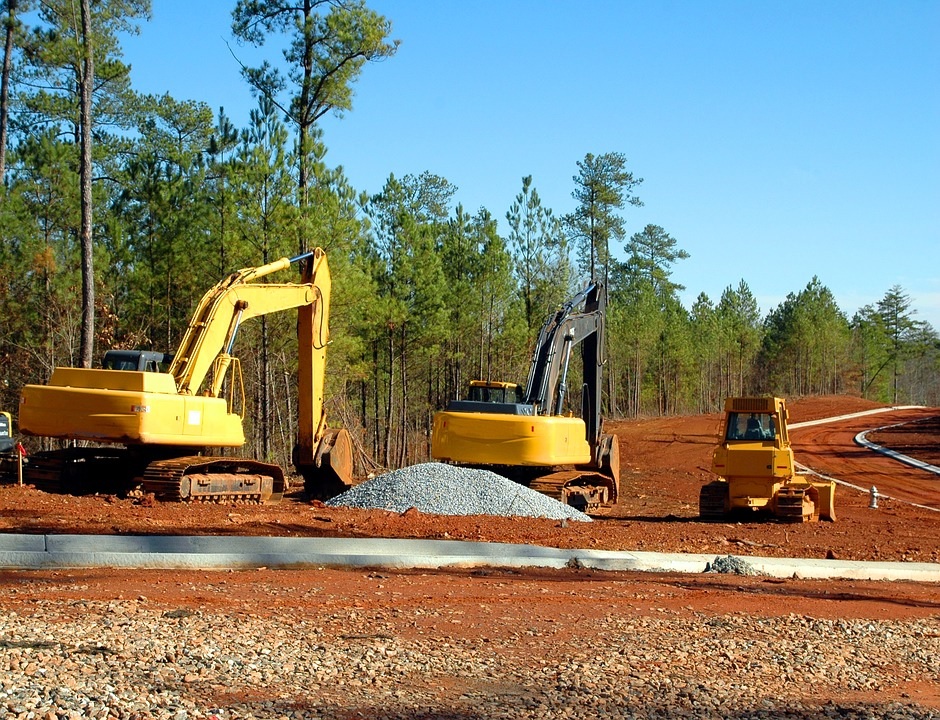Lofts Quarries
https://pixabay.com/en/construction-site-bulldozer-backhoe-2086535/
Building a home from scratch is an exciting opportunity. You get to build your home however you want; complete creative freedom. A great benefit of building your own home is the ability to make it as energy efficient as possible, saving you money in the long term.
A great way to build an energy efficient home is to use energy efficient building materials. To give you an idea of the options available to you, check out our article where we’ve listed the top 5 most energy efficient building materials.
1. Recycled Steel
Did you know that two out of three tons of new steel is recycled from old steel? That makes it the most recycled material on the planet. It’s a great green choice; in comparison to other building materials, it uses less energy and emits fewer harmful C02 emissions. It is also incredibly durable.
2. Insulating Concrete Forms
Insulating concrete forms are incredibly strong and durable, and have high energy efficient levels, making them a great option. They are created by pouring concrete between multiple layers of insulation material and are then locked into the home’s structure. To make them even more green, look to utilise recycled concrete.
3. Cool Roofing
Cool roofing reflects heat from the sun, stopping the heat being transferred into the building. You can choose from light coloured roofing material as well as darker materials, all which will reflect the heat back into the atmosphere. It is important to be aware that this is far more expensive than traditional roofing, but you’ll soon find that you have a lower electricity bill throughout the hot summer days, helping you to recoup your costs.
4. Plant-Based Polyurethane Foam
This foam is usually made from natural materials such as bamboo, hemp and kale, and is used as insulation. It offers high resistance to moisture and heat, and can also protect against mold and pests. As it’s made from completely natural products, it’s totally safe, and is even a better insulator than fibreglass or polystyrene.
5. Low-E Windows
And finally, low-e windows. They are a great substitute for normal glass, as they help to reduce the heat during the summer, keep in heat during the winter and block infrared radiation. This is achieved because of their clear coating metal oxide. Whilst they are more expensive than traditional windows, they can reduce heat flow by up to 50%, which means a significant reduction in your heating costs.
